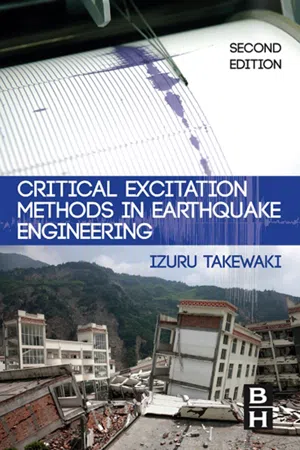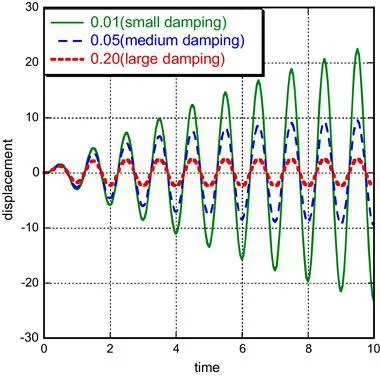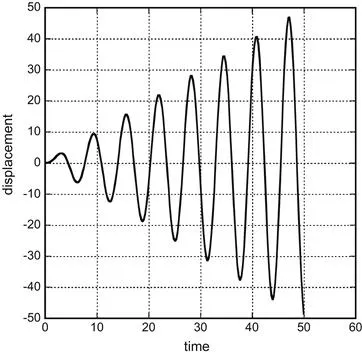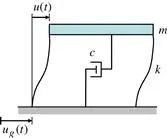
- 400 pages
- English
- ePUB (mobile friendly)
- Available on iOS & Android
Critical Excitation Methods in Earthquake Engineering
About This Book
After the March 11, 2011, earthquake in Japan, there is overwhelming interest in worst-case analysis, including the critical excitation method. Nowadays, seismic design of structures performed by any seismic code is based on resisting previous natural earthquakes. Critical Excitation Methods in Earthquake Engineering, Second Edition, develops a new framework for modeling design earthquake loads for inelastic structures. The Second Edition, includes three new chapters covering the critical excitation problem for multi-component input ground motions, and that for elastic-plastic structures in a more direct way are incorporated and discussed in more depth. Finally, the problem of earthquake resilience of super high-rise buildings is discussed from broader viewpoints.
- Solves problems of earthquake resilience of super high-rise buildings
- Three new chapters on critical excitation problem for multi-component input ground motions
- Includes numerical examples of one and two-story models
Frequently asked questions
Information
Overview of Seismic Critical Excitation Method
1.1 What is Critical Excitation?




























1.2 Origin of Critical Excitation Method (Drenick’s Approach)

















Table of contents
- Cover image
- Title page
- Table of Contents
- Copyright
- Preface to the First Edition
- Preface to the Second Edition
- Permission details
- Chapter One. Overview of Seismic Critical Excitation Method
- Chapter Two. Critical Excitation for Stationary and Nonstationary Random Inputs
- Chapter Three. Critical Excitation for Nonproportionally Damped Structural Systems
- Chapter Four. Critical Excitation for Acceleration Response
- Chapter Five. Critical Excitation for Elastic-Plastic Response
- Chapter Six. Critical Envelope Function for Nonstationary Random Earthquake Input
- Chapter Seven. Robust Stiffness Design for Structure-Dependent Critical Excitation
- Chapter Eight. Critical Excitation for Earthquake Energy Input in SDOF System
- Chapter Nine. Critical Excitation for Earthquake Energy Input in MDOF System
- Chapter Ten. Critical Excitation for Earthquake Energy Input in Soil-Structure Interaction System
- Chapter Eleven. Critical Excitation for Earthquake Energy Input in Structure-Pile-Soil System
- Chapter Twelve. Critical Excitation for Earthquake Energy Input Rate
- Chapter Thirteen. Critical Excitation for Multi-Component Inputs
- Chapter Fourteen. Critical Excitation for Elastic-Plastic Response Using Deterministic Approach
- Chapter Fifteen. Earthquake Resilience Evaluation of Building Structures with Critical Excitation Methods
- Index